July 6, 2017
Twenty-first century construction is increasingly environmentally friendly 0
 One thing is clear — within the next 20 years, we will reach our peak capacity in terms of oil consumption as a planet. Although, as demand for oil appears to increase year upon year, the global production of oil appears to decrease. As a result of this growing problem, the construction industry still derives most of its energy sources from oil-based fuels. Throughout the Western world, it is evident that the construction sector is heavily reliant upon crude oils. The reason for this is that without them, the construction process would not be able to function in its current form. This is however, having a detrimental impact on greenhouse gas emissions. Within the UK, 50 percent of carbon emissions are accounted for by the construction industry and machinery within the production process.
One thing is clear — within the next 20 years, we will reach our peak capacity in terms of oil consumption as a planet. Although, as demand for oil appears to increase year upon year, the global production of oil appears to decrease. As a result of this growing problem, the construction industry still derives most of its energy sources from oil-based fuels. Throughout the Western world, it is evident that the construction sector is heavily reliant upon crude oils. The reason for this is that without them, the construction process would not be able to function in its current form. This is however, having a detrimental impact on greenhouse gas emissions. Within the UK, 50 percent of carbon emissions are accounted for by the construction industry and machinery within the production process.






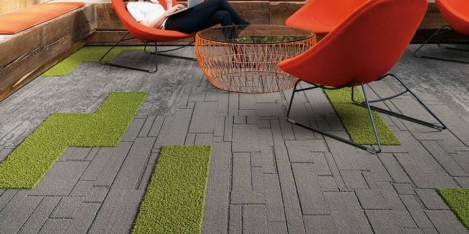
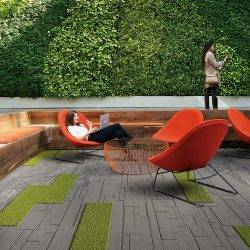


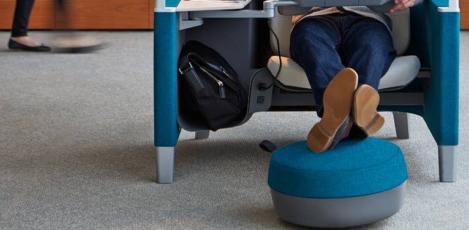
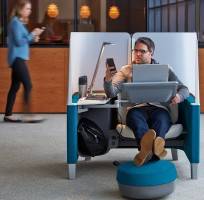
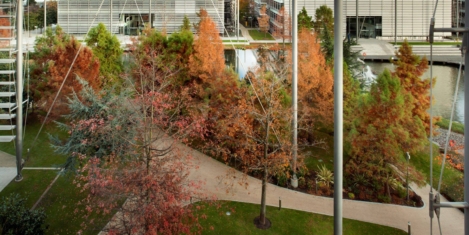
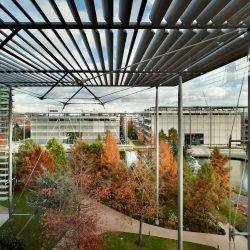




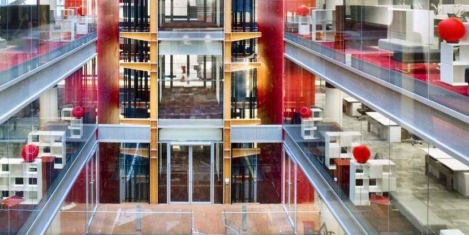
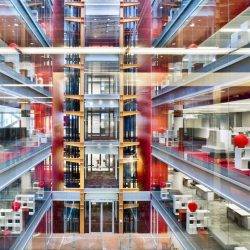
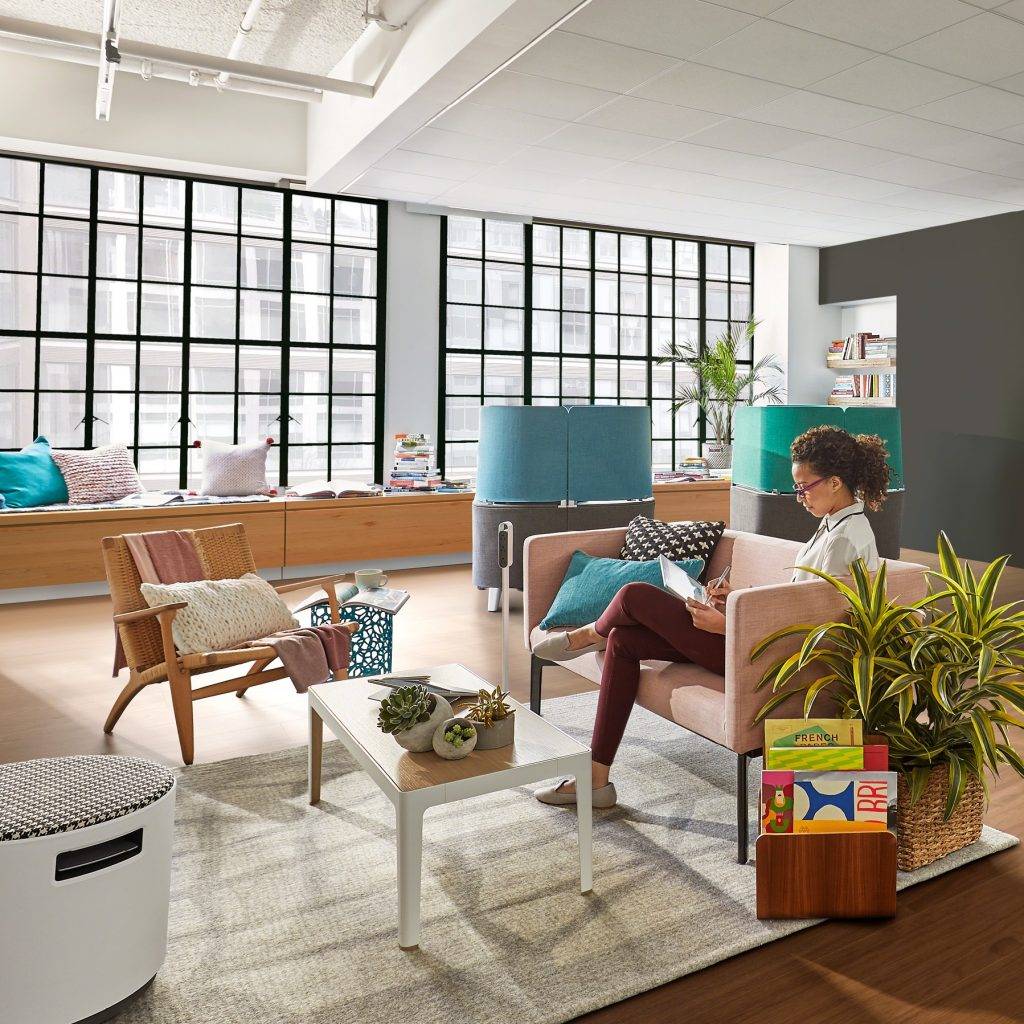
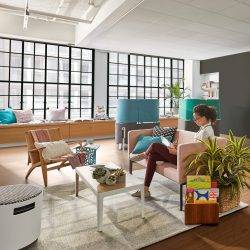
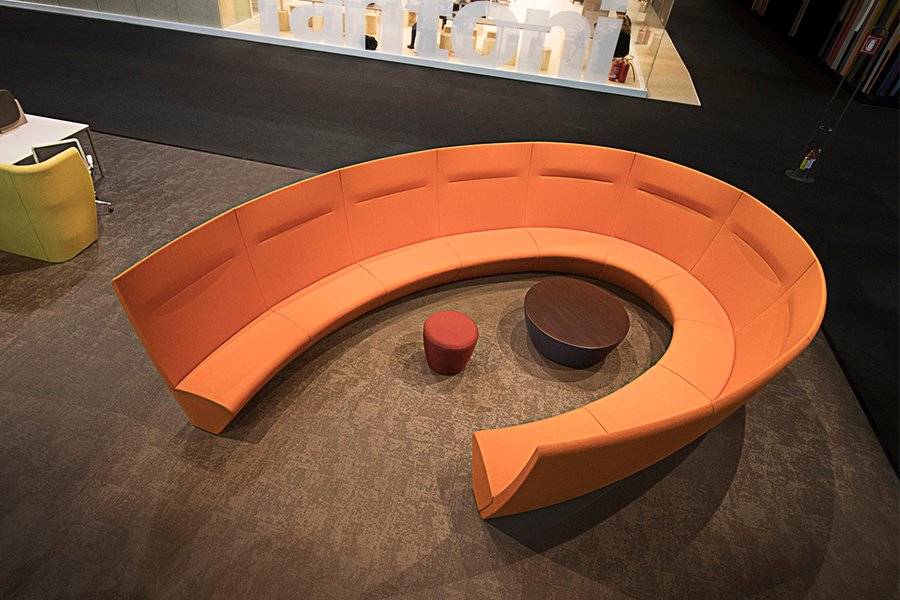
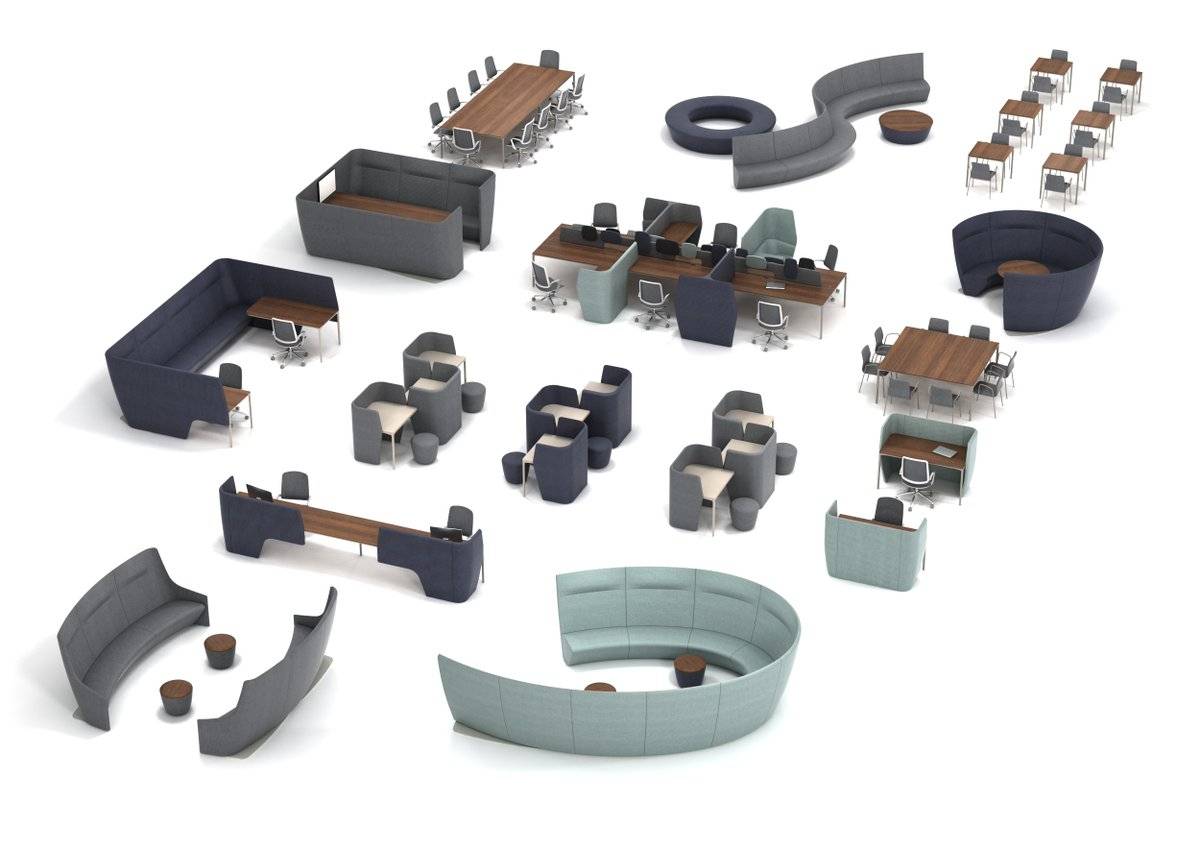
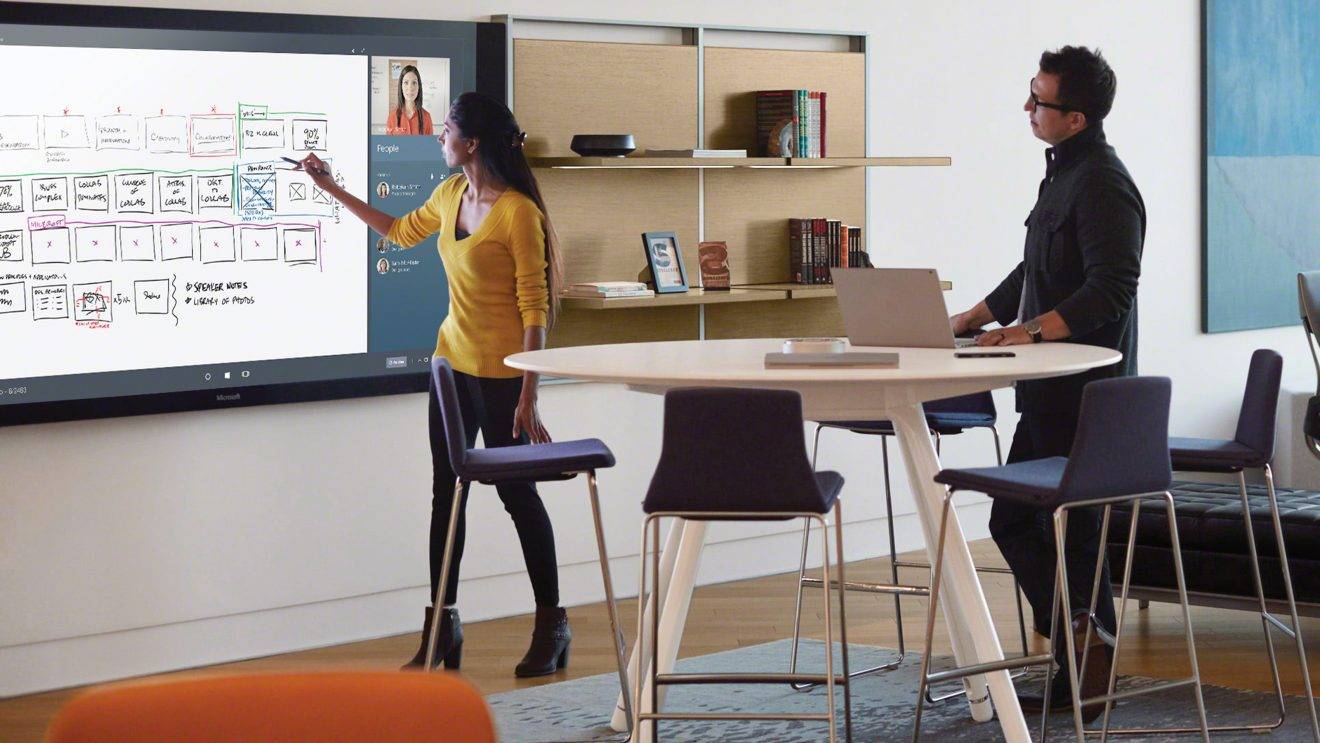

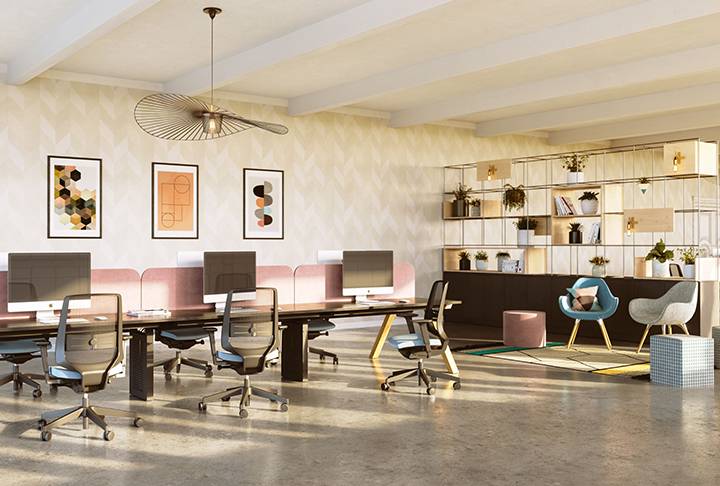
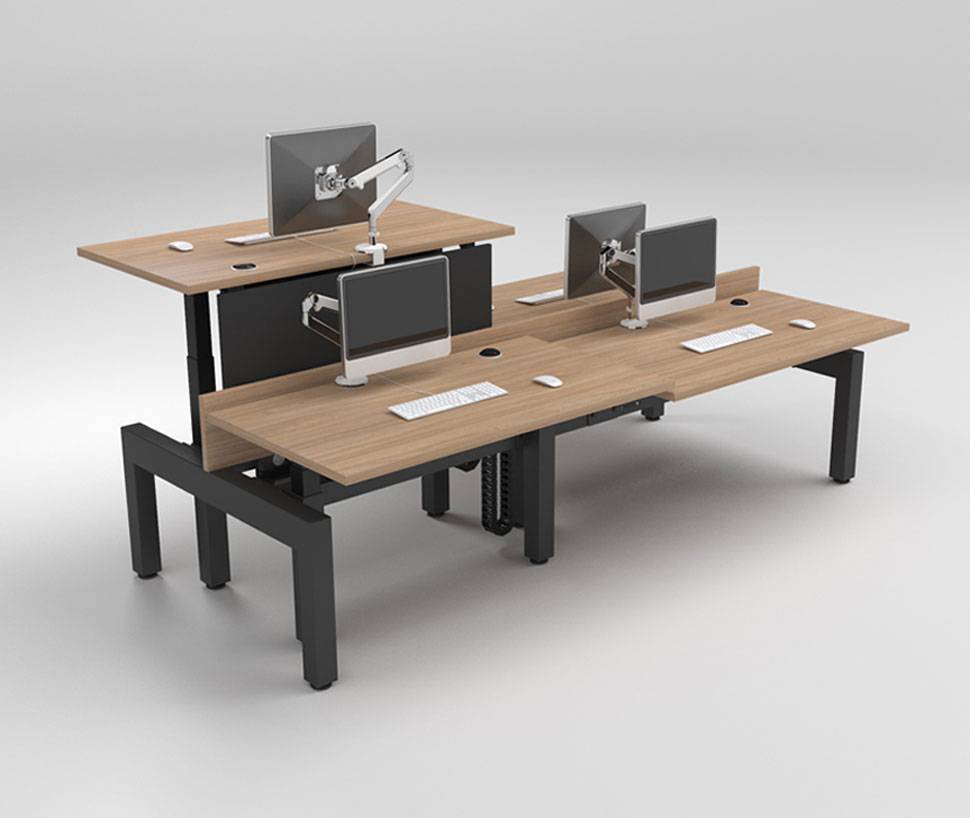




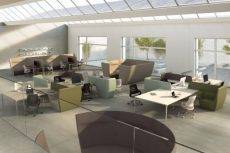
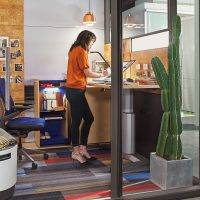

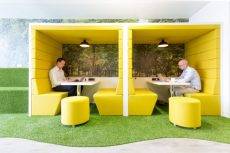










June 29, 2017
The onus is on employers to create working conditions that attract people 0
by Graham White • Comment, Facilities management, Wellbeing
(more…)